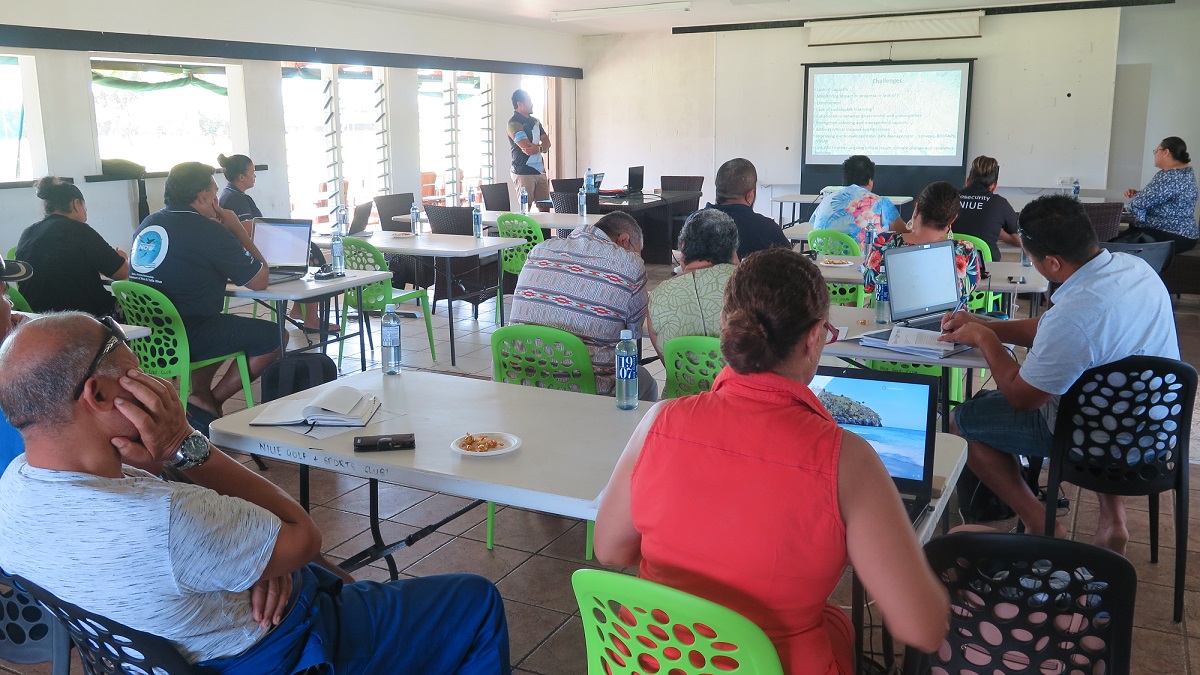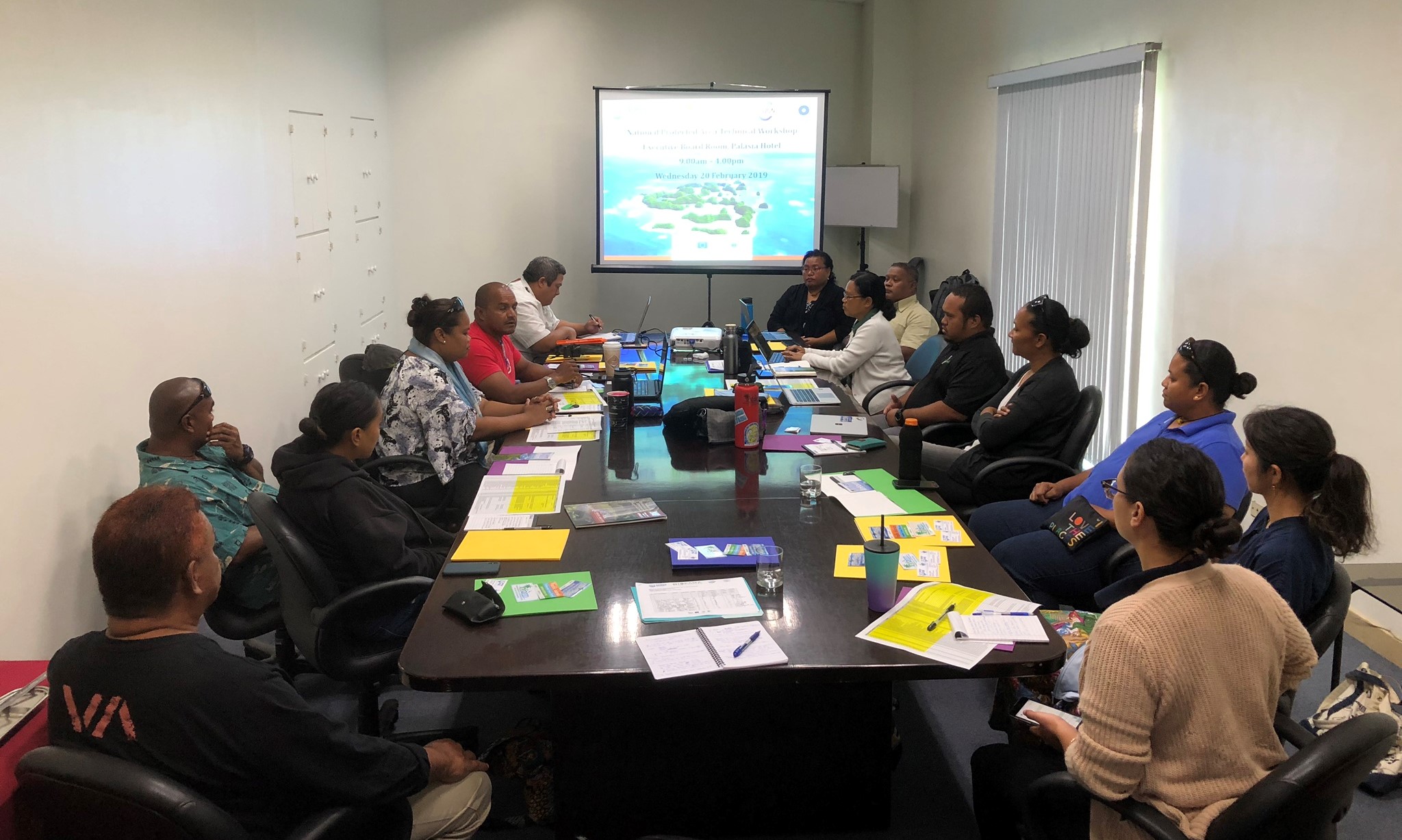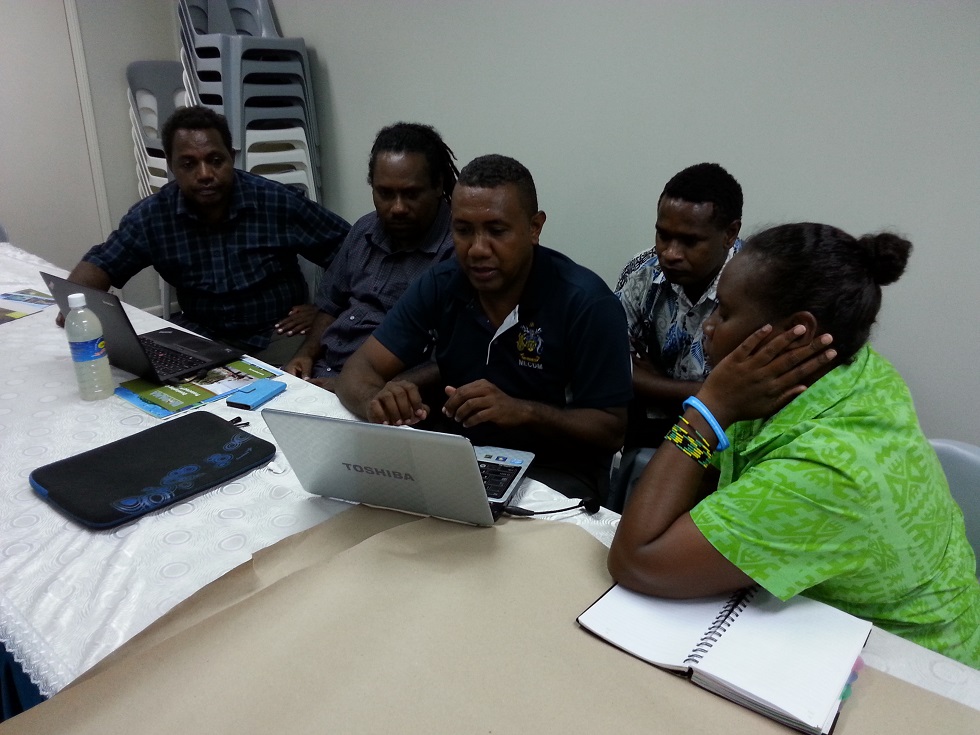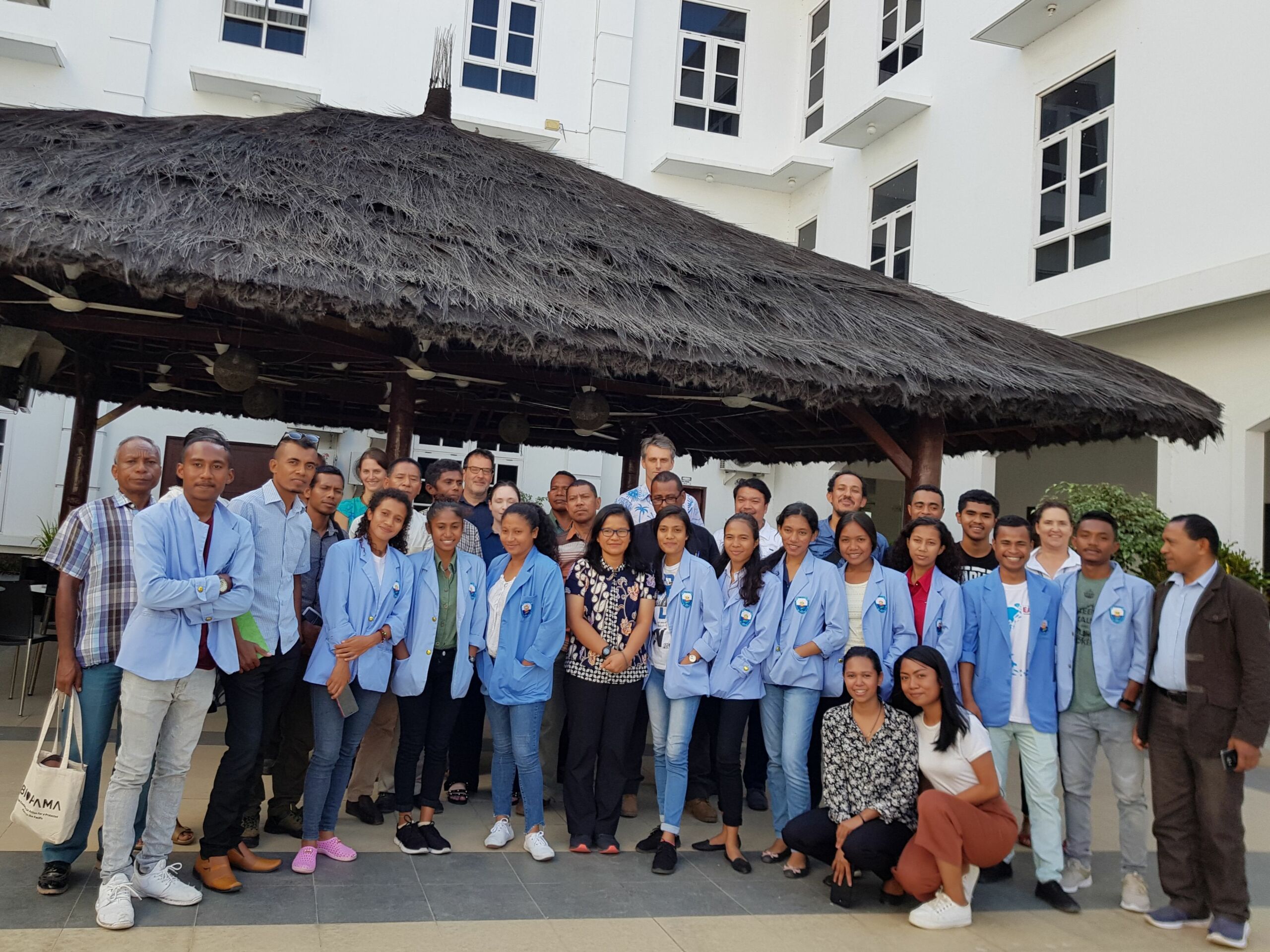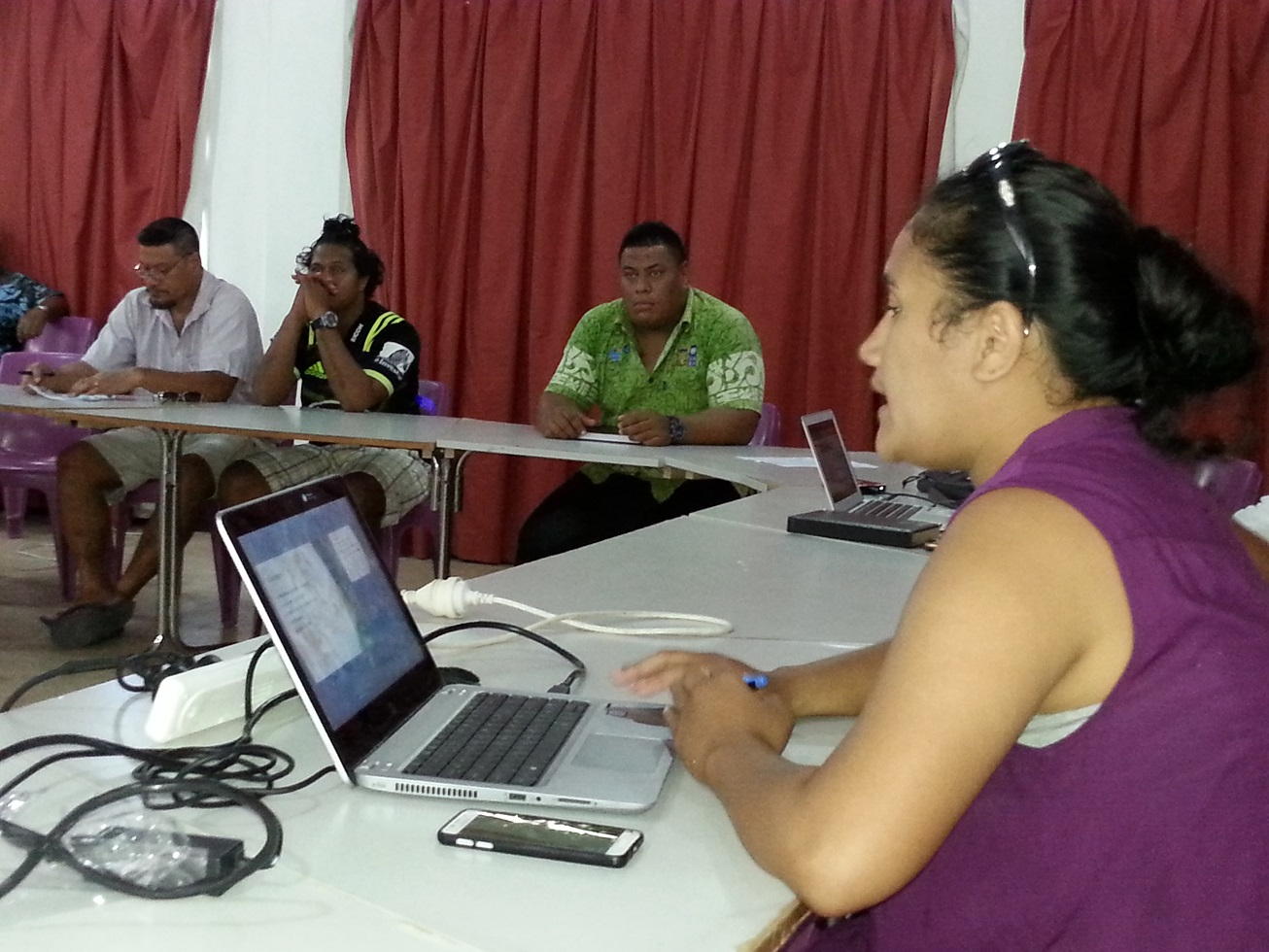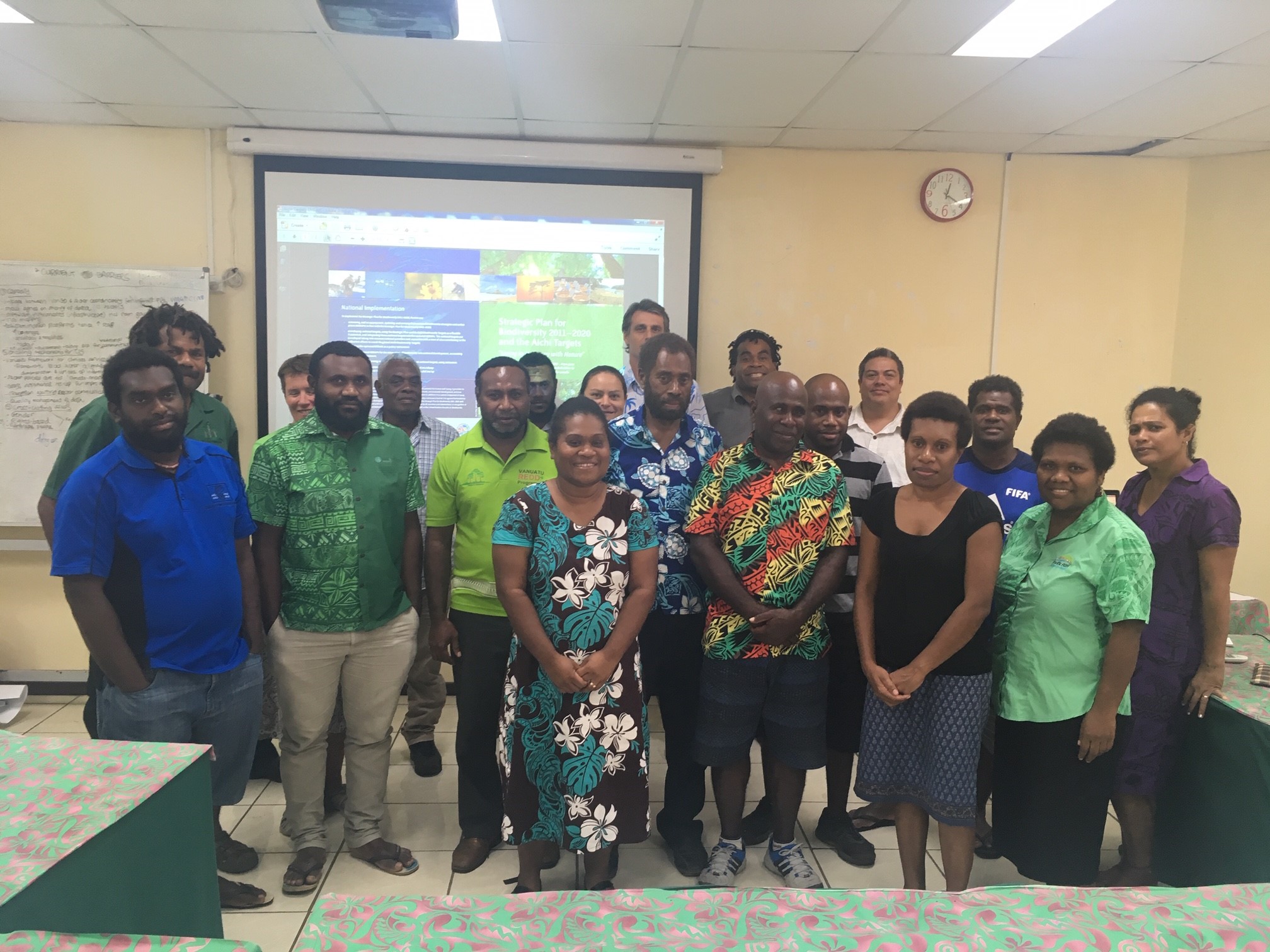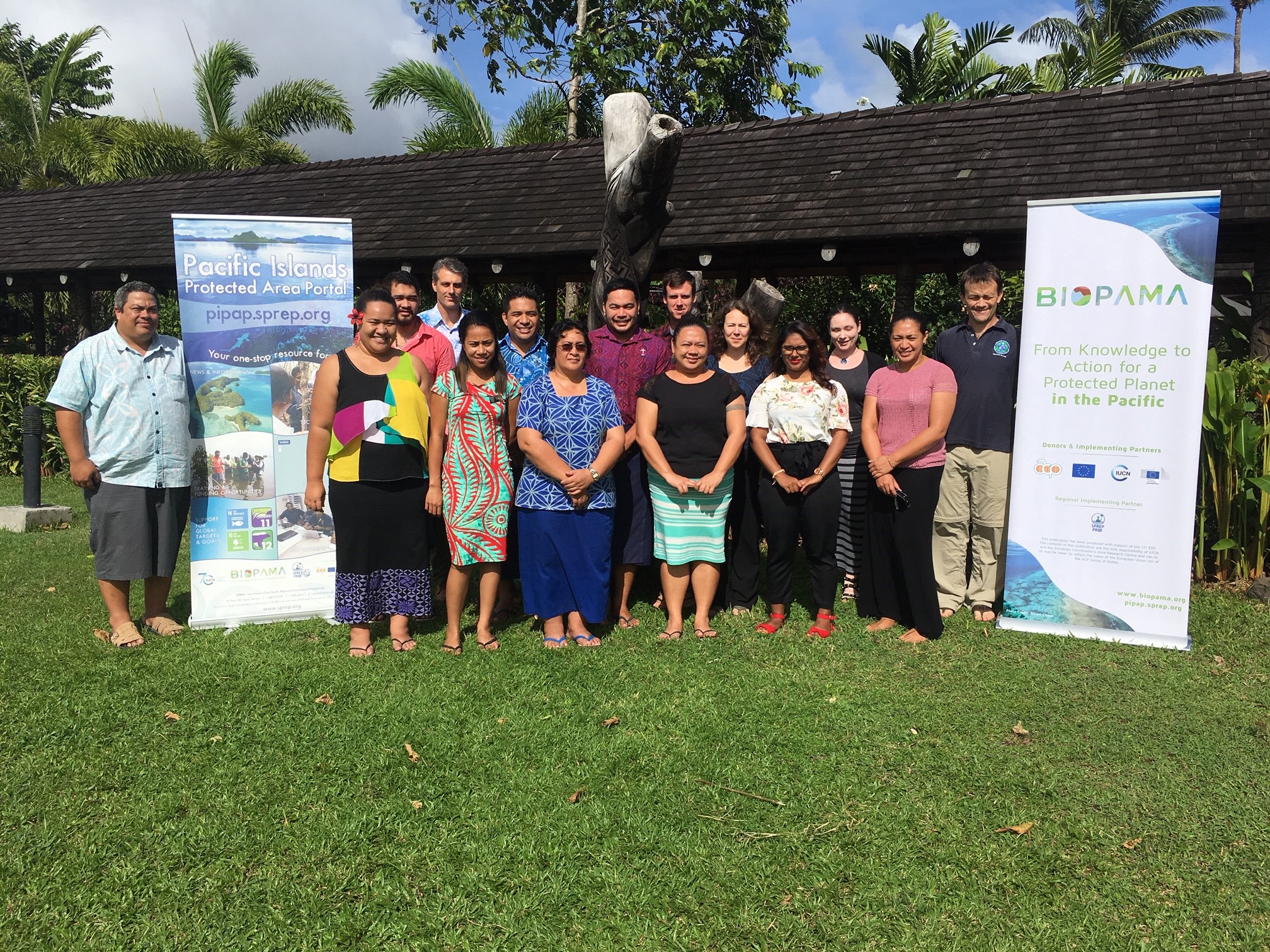Maintaining up-to-date data on these areas is essential for supporting better planning and decision-making at national and regional levels. Reliable protected area data also informs the implementation of the Convention on Biological Diversity decisions, including actions associated with national strategies and protected area targets. Furthermore, accurate data supports national state of the environment reporting and contributes to tracking progress against the UN Sustainable Development Goals (SDGs).
In this context, the Secretariat of the Pacific Regional Environment Programme (SPREP) and the UN Environment Programme World Conservation Monitoring Centre (UNEP-WCMC) have embarked on a landmark partnership to strengthen the quality of Pacific island datasets in the World Database on Protected Areas (WDPA). This partnership is currently supported by the Biodiversity and Protected Areas Management Programme (BIOPAMA), which is an initiative of the ACP Group of States funded by the European Union’s 11th European Development Fund. It also complements SPREP’s role as the regional protected areas resource and data hub. “This is an outstanding example of a successful partnership operating across global, regional and national levels. The value of having accurate data for supporting planning and decision making cannot be underestimated,” observed Amanda Wheatley, Biodiversity Adviser at SPREP.
SPREP has been working with governments and partners such as The Nature Conservancy through this partnership. This has so far resulted in nearly 50% of ACP countries in the region updating their WDPA data (Niue, Palau, Papua New Guinea, Solomon Islands, Tonga, Tuvalu and Timor-Leste). The data for an additional five countries is expected to be updated in the coming months (Marshall Islands, Kiribati, Vanuatu, Samoa and Cook Islands). Heather Bingham from UNEP-WCMC noted, “this is a significant achievement. The progress made by the region in establishing protected area networks is better understood by the international community – both in terms of biodiversity conservation and recognition of the vital role of local communities in nature stewardship.”

Vainuupo Jungblut, Protected Areas Officer at SPREP has been leading this work, ‘’I am very fortunate to be associated with the effort to update national protected area data within the region. The momentum gained so far on these data updates has been very encouraging and I hope it will serve as an inspiration for other countries within the region.”
Solomon Islands has been one of the countries to engage with the partnership. Agnetha Vave Karamui, Chief Conservation Officer, Solomon Islands Ministry of Environment, notes “this has enabled us to address issues with our national data on the WDPA and other regional databases, which for many years needed updating and verification. Furthermore, the assistance provided has helped us as a country – as government collaborating with provinces, local communities, non-government organizations and local experts – to better track our progress towards achieving Aichi target 11 and our national NBSAP targets. This experience has also prepared us to track progress towards the post 2020 biodiversity framework target on protected areas. Most of our conservation area, protected and/or locally managed area information currently resides with either communities, NGOs or sector agencies. The consolidation and review of these data is a continuous process and we are thankful for the support from BIOPAMA and SPREP which has provided us with a greater understanding and appreciation of the status of our protected areas.”
BIOPAMA has also been supporting Timor-Leste, where Conservation International, UNEP-WCMC and IUCN convened a joint protected areas workshop that updated the WDPA data for the country. This new dataset sees Timor-Leste’s protected areas almost triple from 22 to 63, once the pending updates have been completed. As a result, the country’s terrestrial protected area coverage on the WDPA will increase from 13% to 16.1%. Marine coverage will increase more modestly, from 1.37% to 1.42%.
Paul van Nimwegen, BIOPAMA coordinator for the Pacific, highlights that “we are very proud of the achievements and impact that SPREP is having as the programme’s regional resource and data hub. The benefits for improved planning and decision-making can already be seen”.
- PIPAP country mission in Niue
- PIPAP country mission in Palau
- PIPAP country mission in Solomon Islands
- PIPAP country mission in Timor-Leste
- PIPAP country mission in Tuvalu
- PIPAP country mission in Vanuatu
- WDPA training in Samoa
Related News

prev




